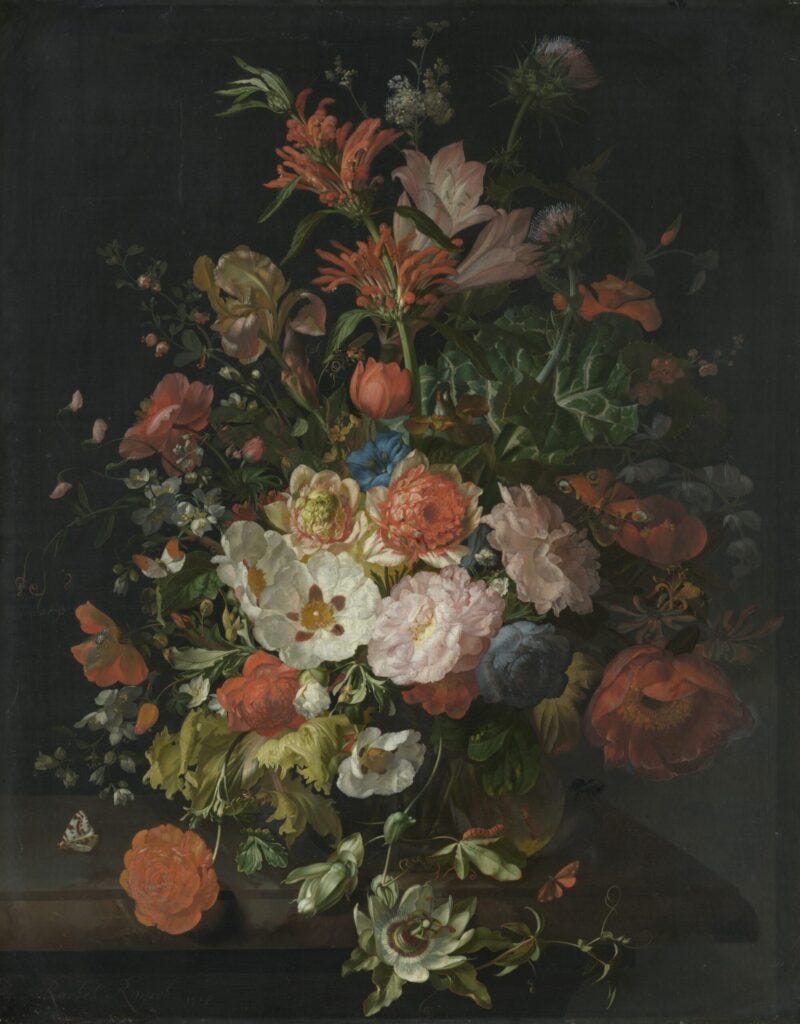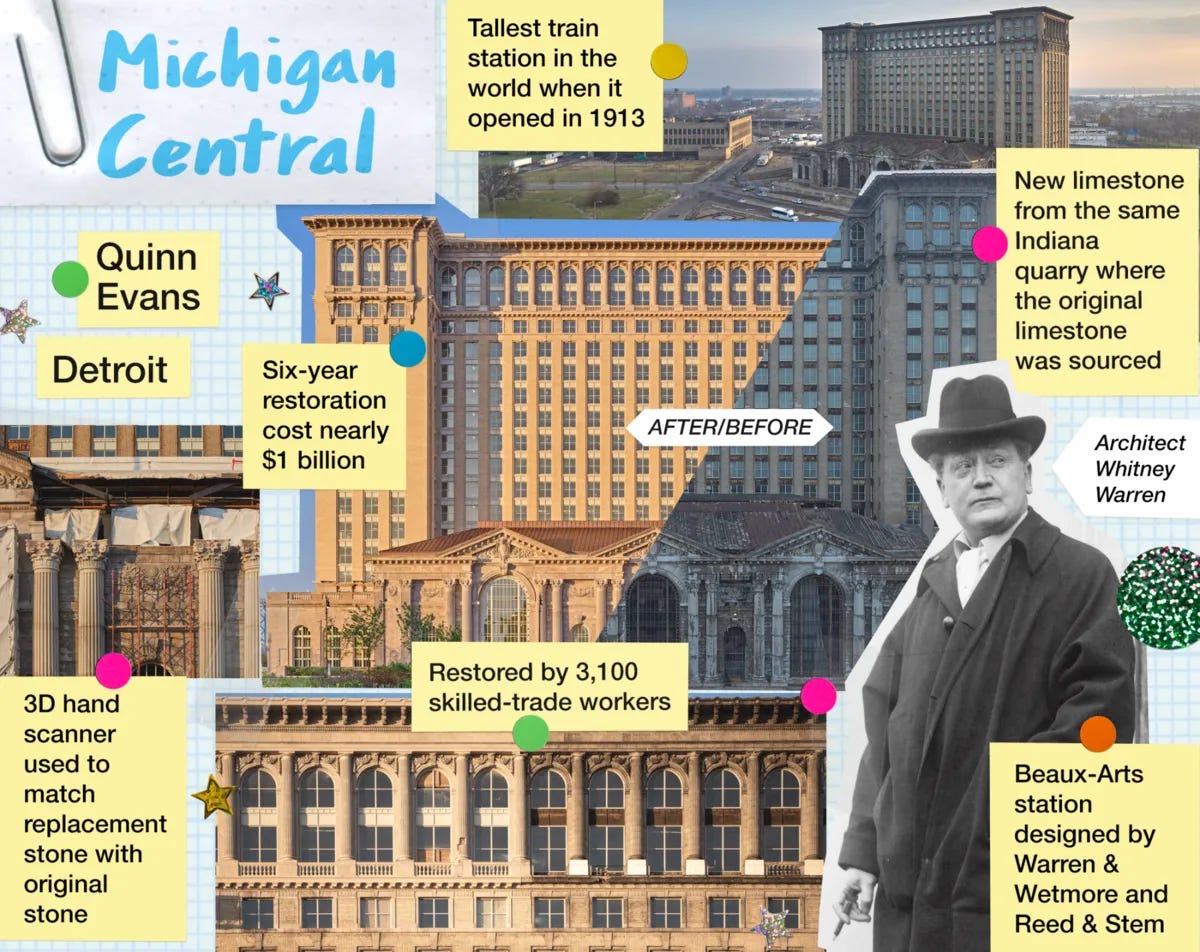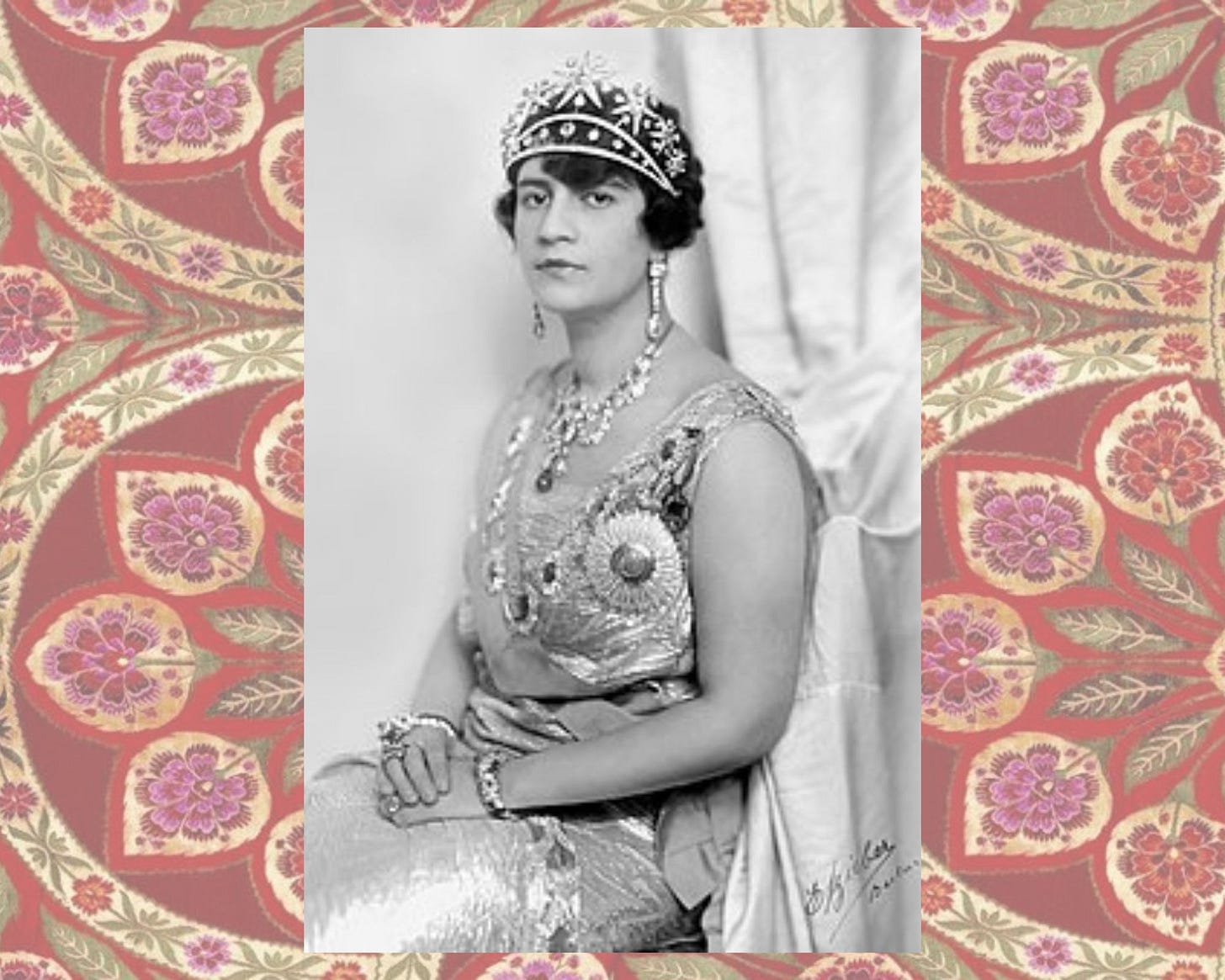You can finally understand why rain smells different.
And Detroit’s Michigan Central Station is the architectural comeback of 2024.
“The Intersection” is your Monday, Wednesday, and Friday briefing on global affairs, business, culture, and design—offering fresh insights through the lenses of sustainable development, women-centered perspectives, and emerging global trends. The aim? To keep you informed, curious, and always ready with a compelling conversation starter at the dinner table.
Morning sunshine! Let’s discuss some interesting things to keep your brain buzzing as you sit at your office desk and circle back on everything from the beginning of December.
Also, I finally got off the waitlist for Ffern, a natural, limited-edition perfume brand blended in the English countryside. Delightful news that (almost) warmed me up this morning.
South Korean presidential guards block investigators and police from arresting President Yoon.
France’s Sarkozy to face trial over accusations that Gaddafi funded his first presidential run.
India and Iran are exploring the revival of bilateral oil trade (which halted in 2019 over Indian concerns about secondary sanctions during the first Trump administration). Iran was one of India’s top three oil suppliers before then.
Greenland’s Prime Minister calls for independence from Denmark. (This brief explains what independence would mean for Greenland.)

In 2025, this newsletter will continue to cover exhibitions celebrating women artists. We begin with a remarkable show at Munich’s Alte Pinakothek, which is hosting the world’s first major monographic exhibition dedicated to Rachel Ruysch, the celebrated Dutch Golden Age painter whose exquisite floral still lifes continue to captivate audiences.
Ruysch, renowned for her extraordinarily detailed depictions of flowers, fruits, butterflies, and insects, was a master of blending art with scientific precision. Working at the intersection of natural history and artistic imagination, her compositions reflect a deep understanding of botany and the natural world. She was one of the most sought-after artists of her time, having been commissioned by Amsterdam’s elite and European aristocracy. Her ability to capture fleeting moments of beauty with unparalleled accuracy made her a standout in the male-dominated world of still-life painting. The exhibition runs until March 16 in Munich and will then travel to the Toledo Museum of Art in April and the Museum of Fine Arts, Boston, in late August.
In 2025, the European Union will confront a range of pivotal challenges. Key issues include balancing deportations with human rights in the migration debate, handling EU enlargement with membership applications from Ukraine, Moldova, and Western Balkan nations, and navigating the future of the Common Agricultural Policy—an area that accounts for over a third of the EU budget. While farmers resist change, others push for reform. The EU will also grapple with its stagnating economy, the ongoing tension between free speech and online safety, and the looming confrontation over NATO spending.
The Bureau of Intelligence and Research (INR) is the unsung Cassandra of American intelligence. As the State Department’s in-house intelligence arm, it has a storied history of being “almost always right.” Yet, for all its accuracy, INR remains largely unknown outside diplomatic circles—a quiet powerhouse overshadowed by its flashier counterparts. Until recently, I, too, had never heard of it.
Mexico remains a perennial draw for discerning travelers, offering numerous destinations across its vast expanse. Among its gems is San Miguel de Allende, a colonial-era city nestled in the country’s central highlands. Famed for its baroque Spanish architecture, cobblestone streets, and vibrant arts scene, the city brims with cultural festivals and creative energy. Recognized as a UNESCO World Heritage City in 2008, San Miguel is celebrated as one of Mexico’s cultural capitals—a haven for artists, gourmands, and romantics alike. Notably, it also enjoys a reputation as one of the country’s safest cities. It is high on my travel wishlist. On my agenda? A soak in the ethereal Mayan Baths, crafting a miniature mojiganga—a nod to the city's iconic giant puppets—and leisurely exploring its many art galleries. Topping the list: a bespoke experience at Suki Palomina’s hat atelier. See you there!
Britannica, the Chicago-based purveyor of encyclopedic knowledge, has deftly sidestepped obsolescence in the age of Wikipedia. As The New York Times notes, the venerable company has reimagined itself as a digital learning powerhouse and is now considering going public. Rebranded as Britannica Group, the company oversees a suite of online offerings, including Britannica.com and the digital Merriam-Webster dictionary. The company says its websites draw over seven billion page views annually, with users in more than 150 countries. Beyond these familiar staples, it has ventured into educational software tailored for schools and libraries, as well as AI-driven tools that power customer service chatbots and data retrieval systems. It’s a reinvention that showcases Britannica’s ability to blend heritage with innovation—a fitting evolution for a name synonymous with knowledge.

Detroit’s Michigan Central Station is the architectural comeback of 2024. Once a symbol of Detroit’s decline, the long-vacant Beaux-Arts landmark has been revived by Ford Motor Company in a nearly six-year, $1 billion restoration. Originally opened in 1913, the 640,000-square-foot station reopened in June with fanfare, including a nationally televised concert. Its transformation signals not just the city’s resilience but a vision for future urban renewal. The station now gleams with restored terrazzo floors, Doric columns, and Guastavino tiles. Ford occupies three floors, while Google’s CodeNext and the Boys & Girls Club of Southeast Michigan share space. A hotel is planned for the upper levels, ensuring a mix of activity within the 18-story tower. Beyond the station, the Michigan Central campus features the 13-acre Roosevelt Park, the Southwest Greenway, and the newly repurposed Newlab, a 1930s Albert Kahn mail facility now home to startups and innovators. Efforts to restore the station included a public call for missing artifacts, which yielded rosettes, a carriage house clock, and other historic details. This painstaking preservation and a commitment to modern functionality make Michigan Central a blueprint for blending heritage with innovation. Detroit’s renaissance has a new icon, and I can not wait to pay a visit to see this remarkable revival firsthand.
Astrophysicist Janna Levin explains black holes in five levels of difficulty from child to expert. This is the first time I have understood what they are about. Sometimes, YouTube really is life-changing.
Rosita Missoni, co-founder of the iconic Italian fashion house, has passed away. Alongside her late husband, Ottavio, she founded Missoni in 1953, transforming the brand from a small venture in Northern Italy into a global symbol of expressive, colourful knitwear. By 1996, after more than four decades of growth, the couple began passing control of the brand to their children. In her later years, Rosita lived in Varese, Lombardy, in the home she shared with Ottavio, where she cultivated a passion for collecting vibrant finds from flea markets. A woman after my own heart.
Gisele Pelicot, our 2024 Person of the Year, often wore a scarf to court gifted by Australia’s Older Women’s Network. The scarf, featuring the work of 83-year-old Aboriginal artist Mulyatingki Marney, was a gesture to connect Pelicot with the 60,000 years of resilience and courage embodied by Australia’s Indigenous women. I love women.
Petrichor—the earthy aroma that lingers after rain—comes from geosmin, a chemical compound primarily produced by blue-green algae. Interestingly, petrichor has many forms: the scent in Singapore differs notably from that in Reykjavik. This variation finally explains why I’ve always insisted that English rain smells distinct from American rain (despite how absurd I sound when I say it). Mystery solved! What scent holds a special memory for you?
Soraya Tarzi (1899-1968), born in Damascus, Syria, was a trailblazer who became the first Queen of Afghanistan through her marriage to King Amanullah Khan. Her influence on Afghanistan's modernization was profound, particularly in advancing the rights of women. Educated in Syria, Tarzi was deeply influenced by Western values and her mother's feminist ideals, leading her to play a pivotal role in her husband's progressive reforms.
As Queen, Tarzi championed the emancipation of women, a cause central to Amanullah’s policies. She broke with tradition as his sole wife, publicly denouncing polygamy and advocating for the abolition of the royal harem. Queen Soraya actively participated in public life, riding horseback with her husband and even joining cabinet meetings—an unprecedented act for a Muslim consort. Her support of women’s rights included founding the first women’s magazine, Ishadul Naswan, in 1921, and establishing the Anjuman-i Himayat-i-Niswan, a women’s welfare organization. She also opened the first girls’ school and hospital for women in Kabul, laying the foundation for future generations of Afghan women.
Soraya's bold advocacy extended to defying traditional dress codes, notably during her visit to Iran in 1929, where her refusal to wear a hijab inspired similar reforms in Iran. However, in the same year, the King abdicated to avoid civil unrest, and the family went into exile. Despite the upheaval, Tarzi's legacy as a pioneer of women’s rights and modernization in Afghanistan endured. She passed away in 1968 in Rome, but her daughter, Princess India, continued her work in women's advocacy and remained a symbol of her mother’s lasting influence.
If you enjoy reading WRW, please share with a friend who you think would also enjoy!
Jennifer
xxx









